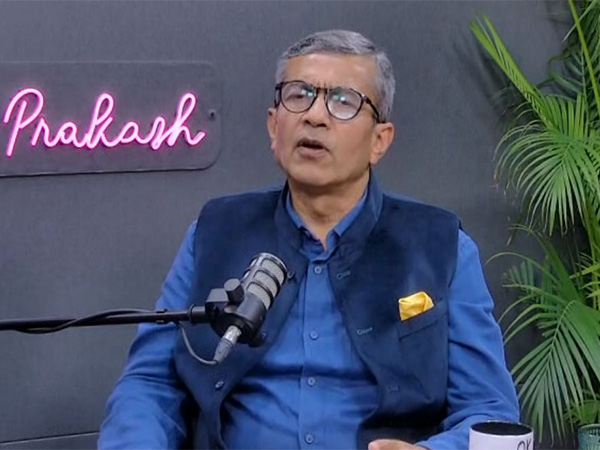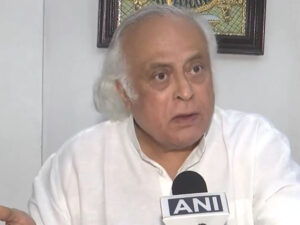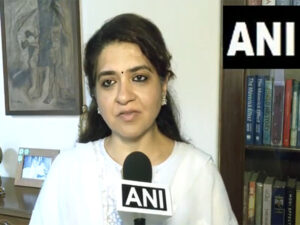Defence Secretary calls BrahMos a game-changer in Operation Sindoor

New Delhi [India], June 20 (ANI): Defence Secretary Rajesh Kumar Singh has said the Indian Armed Forces effectively used a mix of foreign-origin and indigenous weapons during Operation Sindoor that targeted terror sites in Pakistan. He called the supersonic cruise missile BrahMos a game-changer in the operation.
In an exclusive interview with ANI, the Defence Secretary said, “We were using a mix of foreign-origin and indigenous weapons effectively. And the indigenous weapons that were used did very well, and BrahMos, in fact, was probably, you could even call it a game changer.”
He said that during the operation, there was a good fusion of different types of weapons, and the armed forces had done it in a very cohesive and coordinated manner.
“Indian origin weapons, some of them worked very well. I mean, BrahMos did amazing. Akash also did very well. Also, our ability to retrofit some of our older Air Defence systems with radar to improve their capability, upgrade their capabilities, particularly against things like drones and other types of low-flying threats. Those all worked very well,” he said.
The Defence Secretary said the Indian Armed Forces were well prepared for Operation Sindoor.
“I think the services were very well prepared. They were very confident in terms of their capacity and their ability to access the precision standoff weapon we needed for this operation,” he said.
India launched Operation Sindoor early on May 7 to hit at terrorist infrastructure in Pakistan and PoJK in response to the terror attack in Pahalgam in which 26 people were killed.
Indian Armed Forces also effectively repelled subsequent Pakistani aggression and pounded its airbases.
The Defence Secretary pointed out that the defence modernisation budget has been growing at a rate of about 7 per cent in the last 10 years, but the difficulty has been absorbing some of those outlays.
“If you’re talking in general about whether there are still capability gaps that we need to fill and resource gaps that need to be plugged, I would say that at least in the recent past, in the last 10 years or so, you would find that our budget has been growing at a rate of about 7 per cent. I’m talking only about the modernisation (in) capital budget. That’s been growing at about 7% a year,” he said.
The Defence Secretary laid emphasis on absorbing defence outlays.
“The difficulty has been in terms of absorbing some of those outlays. And in many years, we’ve ended up surrendering money. This year, we actually fully utilised our revised estimate. But at the RE (Revised Estimates) stage, we did have some reduction because the trend in expenditure was not adequate. More importantly, we signed contracts worth 2 lakh crores this year, which is double what has ever been done any time earlier. The highest that was ever achieved earlier was about 1 lakh crores in 2023-2024,” he said.
“So, unless you speed up procurements, unless you do the contract signings, then get after the vendors to ensure that those contracts are fulfilled, unless you complete those steps, your absorptive capacity itself is a bigger constraint than the budgetary constraint because now that we’ve fully utilized RE last year, we can ask for a higher share this year,” he added.
India’s defence production has grown at an extraordinary pace since the launch of the “Make in India” initiative, reaching a record Rs 1.27 lakh crore in FY 2023-24.
A robust defence industrial base includes 16 DPSUs, over 430 licensed companies, and approximately 16,000 MSMEs, strengthening indigenous production capabilities. (ANI)
This story is not been edited by Take One Television & Digital Network Staff and is auto-generated from syndicated feed






